In the quiet corners of ancient Chinese horticultural wisdom lies a treasure trove of knowledge waiting to be rediscovered. The Qun Fang Pu , or Manual of Many Flowers, stands as a testament to the profound relationship between humanity and the botanical world. This Ming Dynasty masterpiece, compiled by Wang Xiangjin, transcends mere gardening advice—it offers a philosophical framework for understanding nature’s delicate balance.
What makes this centuries-old manual remarkably relevant today is its holistic approach. Unlike modern gardening guides obsessed with quick fixes and chemical solutions, the Qun Fang Pu emphasizes harmony—between plants and their environment, between cultivation and natural growth patterns. The text doesn’t simply tell readers how to grow flowers; it teaches them how to listen to plants, to observe subtle changes in leaf color or stem posture as nature’s way of communicating needs.
The manual’s classification system reveals an ecological awareness far ahead of its time. Plants aren’t grouped arbitrarily by appearance, but rather by their environmental preferences and companion planting synergies. Certain chapters read like poetic field guides, describing how orchids thrive when grown near running water where their roots can "hear the mountain streams," or how peonies require the morning sun to "wake gradually like a noble lady." These anthropomorphic descriptions contain profound biological truths—the orchid’s need for humidity and air circulation, the peony’s vulnerability to harsh afternoon light.
Modern science has begun validating many of these observations. Recent studies on plant communication through root systems and mycorrhizal networks echo the Qun Fang Pu’s insistence that plants are communal beings. The manual’s warning against planting narcissus near garlic (as the "pungent odor offends the water fairy’s delicate nature") aligns with our understanding of allelopathy—the chemical inhibition of one plant by another. Even its seemingly whimsical advice about "whispering encouragement to budding chrysanthemums" finds resonance in research showing plants respond to vibrational frequencies.
Perhaps the most striking difference between ancient and modern horticulture lies in their respective concepts of time. Contemporary gardening often seeks instant gratification—rapid growth, continuous blooms, immediate results. The Qun Fang Pu operates on nature’s timetable, advising practitioners to "observe three winters before transplanting a tree" and "allow the moon nine cycles to judge a flower’s character." This long-term perspective fosters deeper connections between gardener and garden, transforming cultivation from a hobby into a meditative practice.
Watering techniques described in the manual reveal an intricate understanding of microclimates. Rather than prescribing fixed schedules, it teaches readers to assess moisture by observing soil texture, leaf resilience, and even the behavior of nearby insects. Morning irrigation should differ from evening watering not just in quantity but in method—described poetically as "gentle as a spring mist" versus "generous as an autumn shower." These nuanced approaches prevent common modern problems like root rot or fungal infections caused by simplistic watering routines.
Pest management in the Qun Fang Pu relies on prevention rather than eradication. The text details how strategically placed aromatic herbs create "invisible borders" that deter harmful insects while attracting beneficial ones. Its description of ants farming aphids on rose bushes—and the recommended countermeasures using specific fern extracts—demonstrates an ecological sophistication that modern permaculture practitioners would admire. The manual consistently frames pests as indicators of imbalance rather than enemies to destroy.
The seasonal calendars within the Qun Fang Pu integrate celestial patterns with horticultural tasks in ways that modern organic farmers are only beginning to rediscover. Planting by lunar phases, harvesting according to solar terms, and even pruning based on wind directions might seem superstitious until one recognizes these as codified observations of plant responses to atmospheric pressure, lunar gravity effects on sap flow, and other subtle environmental cues mainstream science once dismissed.
In an era of climate uncertainty, the manual’s emphasis on local adaptation proves particularly valuable. It discourages the forced cultivation of plants unsuited to regional conditions, instead advocating for "honoring the land’s natural inclinations." This principle manifests in detailed instructions for modifying cultivation techniques based on altitude, proximity to water bodies, and even the reflective qualities of nearby rock formations—a far cry from today’s one-size-fits-all gardening products.
Contemporary gardeners might be surprised by the Qun Fang Pu’s spiritual dimension. The text frequently connects plant care with personal cultivation, suggesting that tending flowers properly requires "a tranquil heart and focused intention." Specific chapters link different species with emotional states—cultivating plum blossoms to nurture resilience, arranging lotuses to cultivate detachment. This psychobotanical perspective anticipates modern research on the mental health benefits of gardening and nature connection.
The manual’s preservation techniques reveal ingenious solutions modern horticulture has overlooked. Its methods for prolonging cut flower vitality using bamboo charcoal, honey solutions, and precise stem angles at cutting outperform many commercial floral preservatives. The "winter sleep" protocols for dormant plants—involving layered protection with rice straw and porous clay covers—provide frost protection while maintaining crucial air circulation, avoiding the mold risks of modern plastic wraps.
Perhaps the greatest lesson from the Qun Fang Pu is its definition of success. Where contemporary gardening often prioritizes bloom quantity and size, the ancient text celebrates individual expression—a slightly asymmetrical camellia displaying "personality" or a chrysanthemum that blooms late being "fashionably tardy" rather than defective. This philosophy encourages appreciation for each plant’s unique journey, a refreshing antidote to perfectionist gardening trends.
As we face ecological challenges requiring sustainable solutions, the Qun Fang Pu’s wisdom grows more vital. Its teachings remind us that successful cultivation isn’t about dominating nature, but about facilitating each plant’s innate potential. The manual’s enduring relevance after four centuries proves that while gardening technologies evolve, the fundamental language of plants remains constant—we need only learn to listen as carefully as the ancient practitioners did.
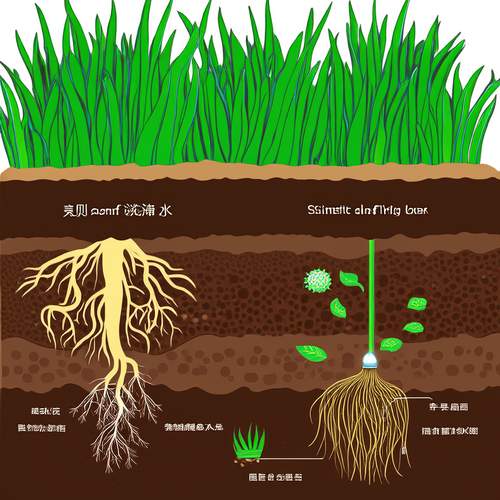
By /May 21, 2025
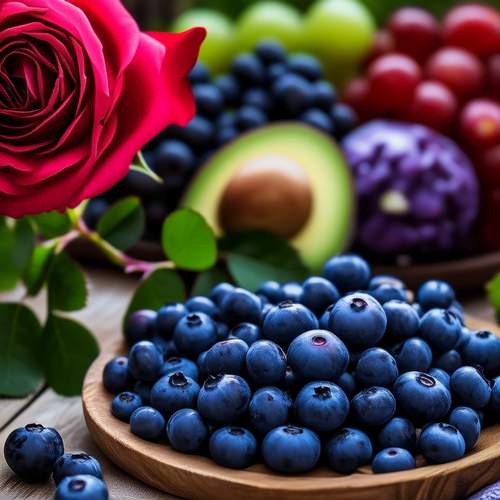
By /May 21, 2025
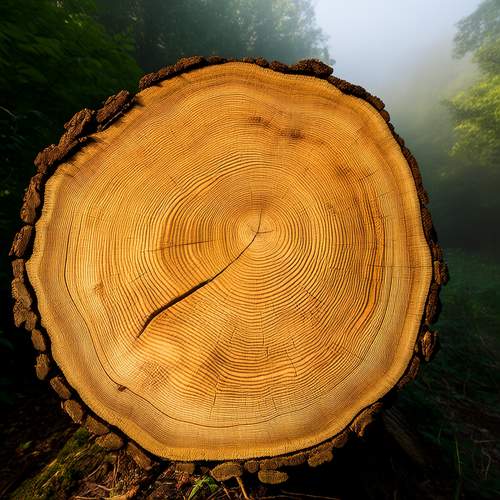
By /May 21, 2025
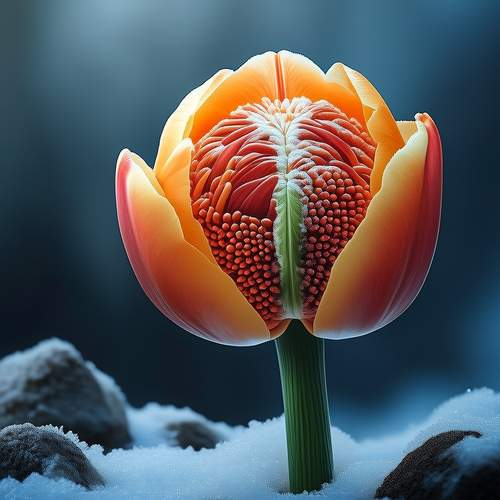
By /May 21, 2025
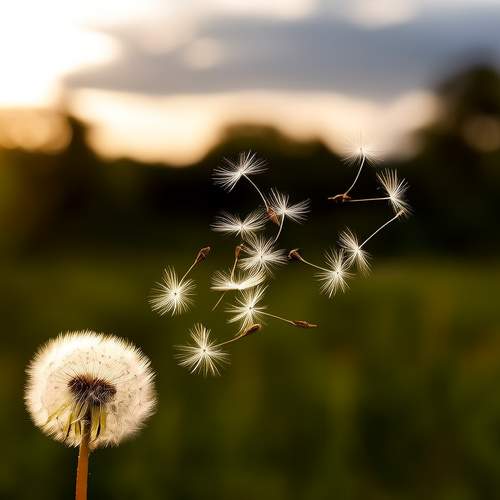
By /May 21, 2025
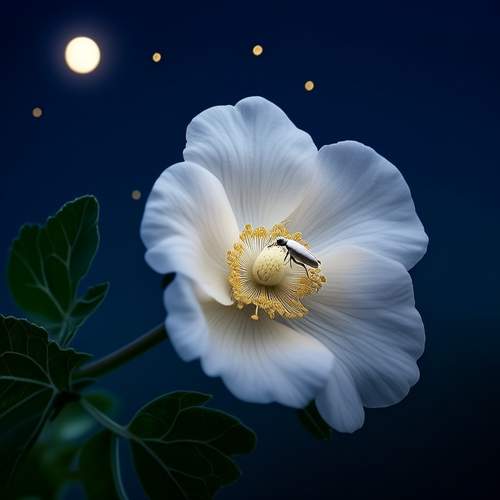
By /May 21, 2025
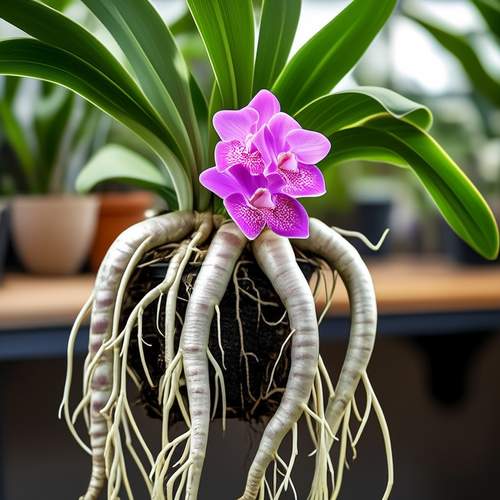
By /May 21, 2025
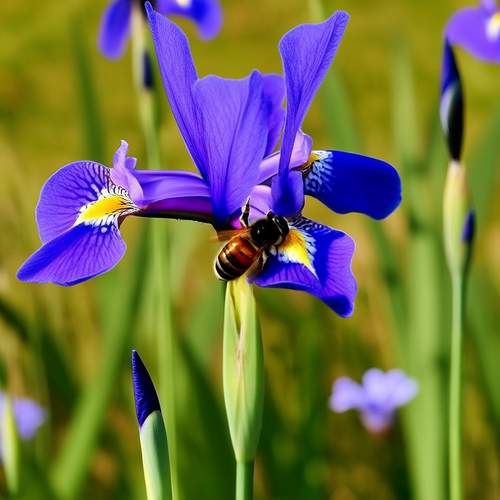
By /May 21, 2025
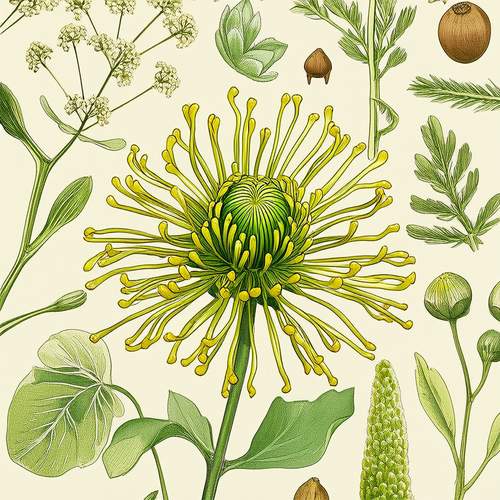
By /May 21, 2025
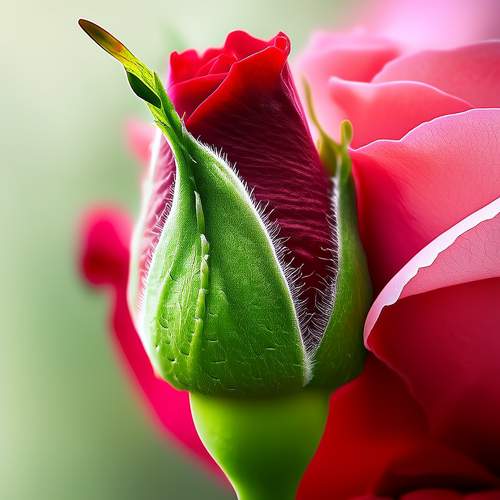
By /May 21, 2025
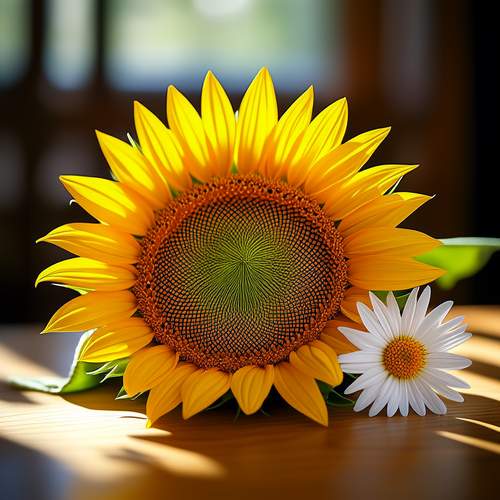
By /May 21, 2025
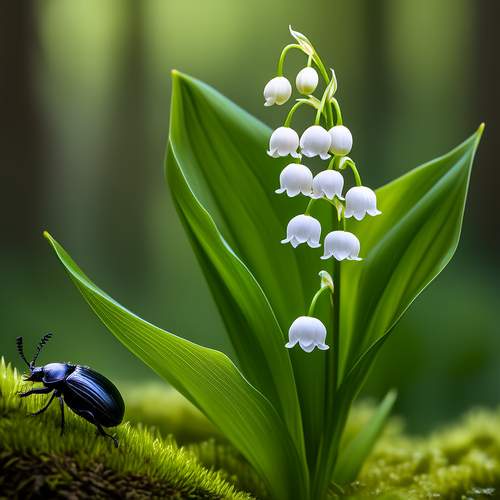
By /May 21, 2025
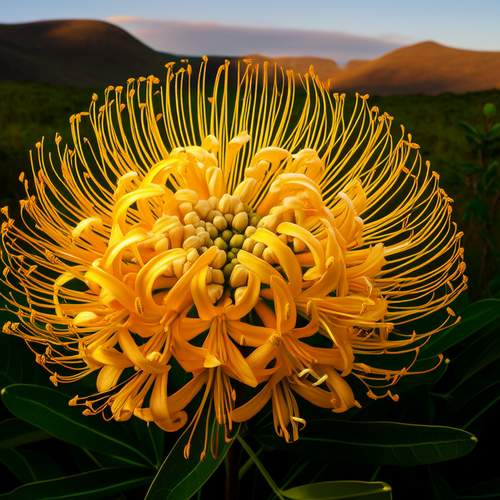
By /May 21, 2025
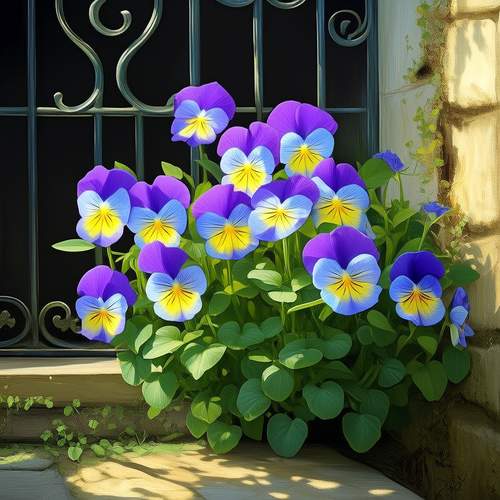
By /May 21, 2025
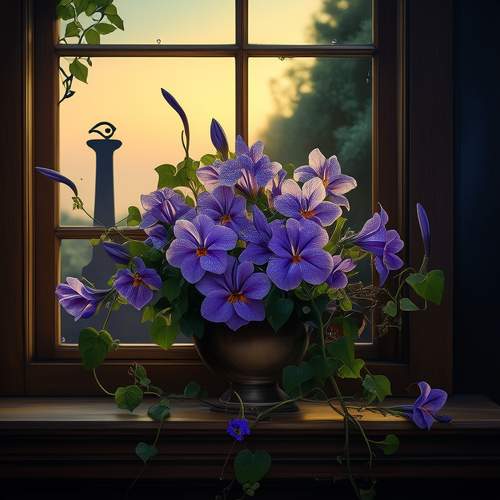
By /May 21, 2025
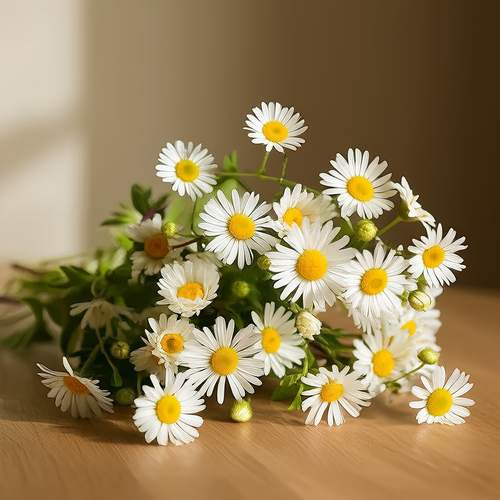
By /May 21, 2025
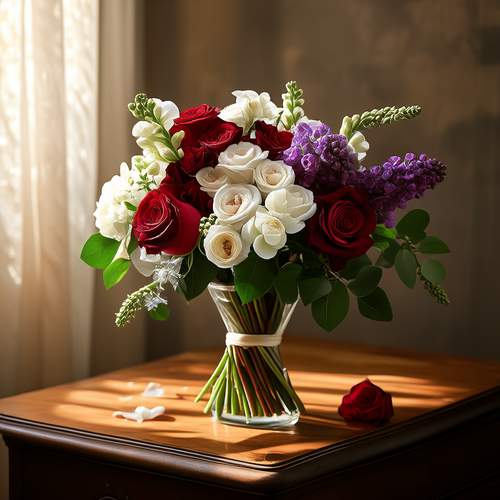
By /May 21, 2025
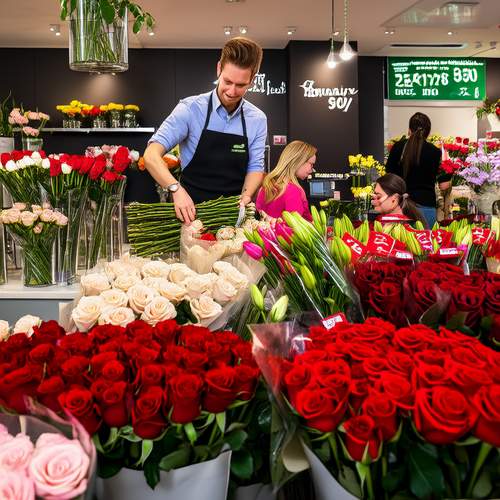
By /May 21, 2025
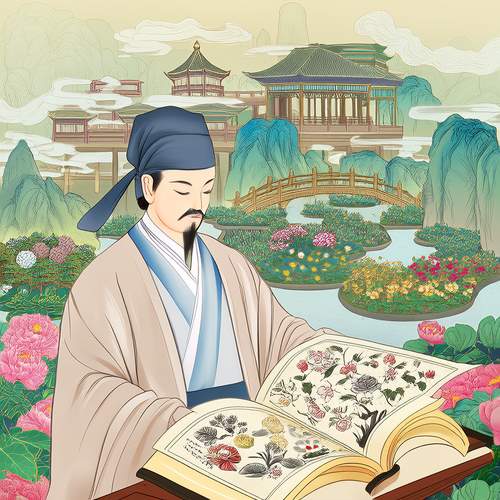
By /May 21, 2025
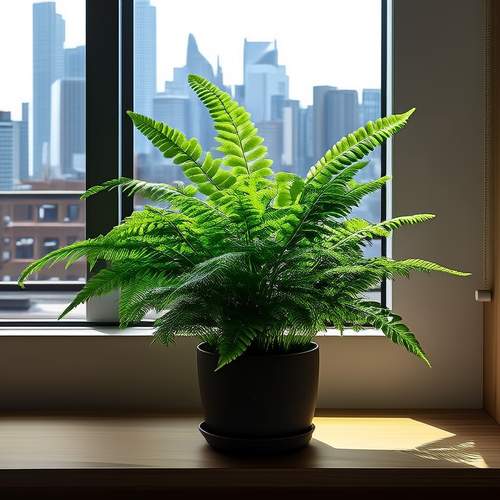
By /May 21, 2025